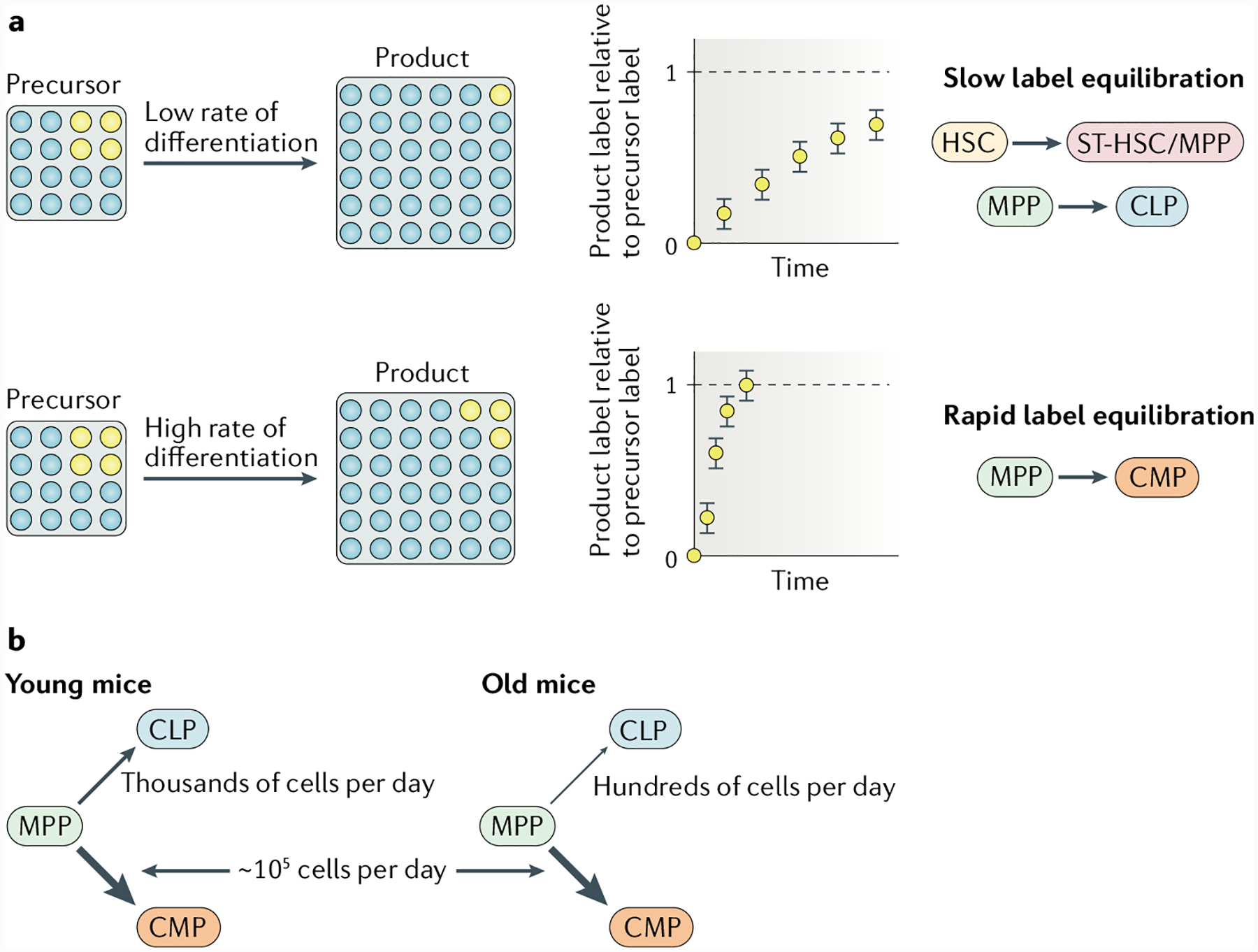Fig. 2 |. Haematopoietic stem cell and progenitor output in situ can be measured by fate mapping.

a | During steady-state haematopoiesis, the rate at which a heritable cell label propagates from a source to its product is proportional to the precursor-to-product differentiation rate. Fate-mapping experiments with selective haematopoietic stem cell (HSC) labelling have shown slow propagation of a label from HSCs to short-term repopulating HSCs (ST-HSCs) and multipotent progenitors (MPPs), and further downstream, also from MPPs to common lymphoid progenitors (CLPs), which corresponds to low differentiation rates for both differentiation steps (top row). By contrast, label propagation from MPPs to common myeloid progenitors (CMPs) is fast, indicating a high differentiation rate (bottom row). b | Measurements of cell fluxes into the myeloid and lymphoid branches of the haematopoietic system in situ show that the strong myeloid bias that is already present in young mice becomes accentuated with age, owing to a relative decline in lymphoid differentiation. The figure is based on data published in REF.56.
